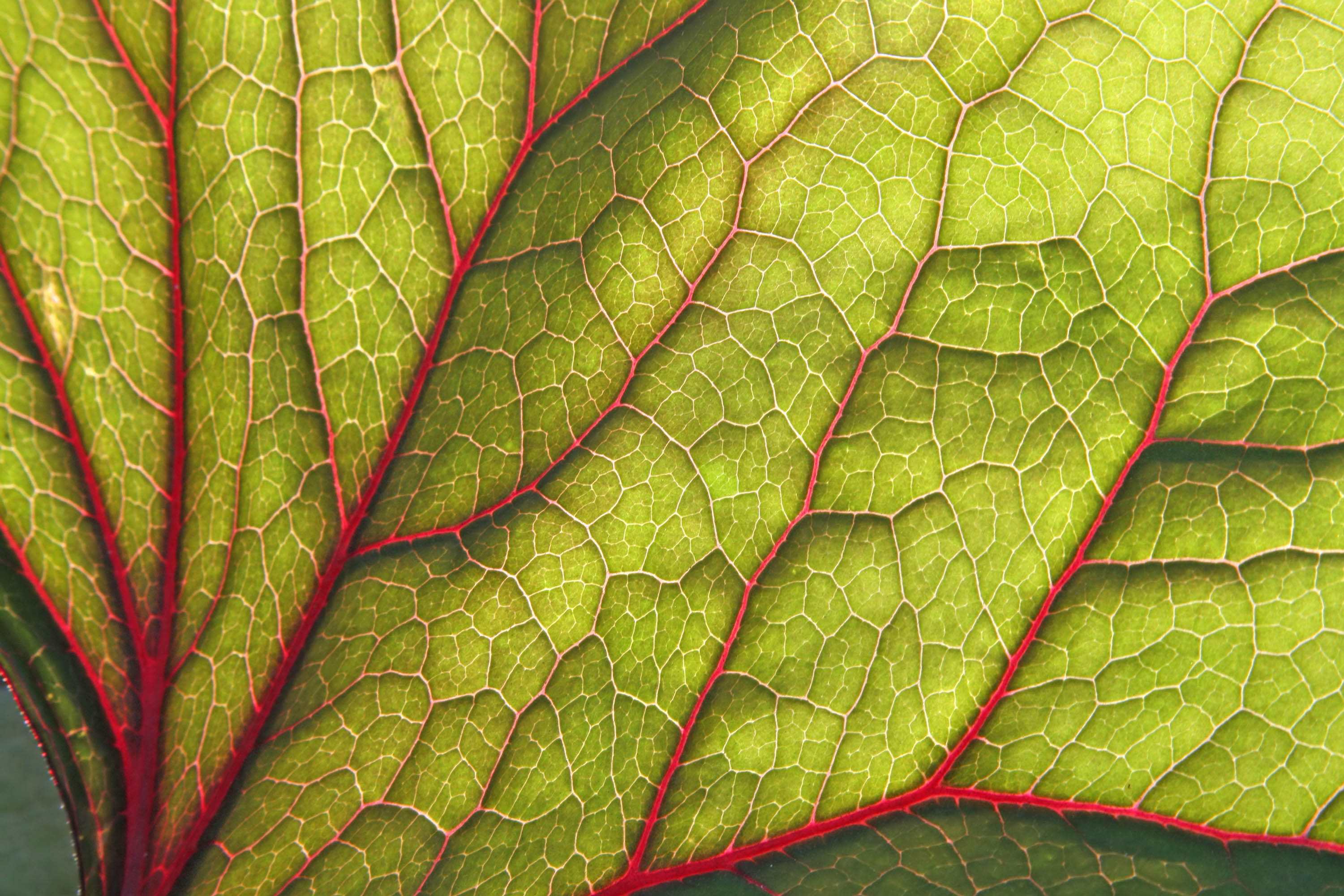Some species of algae and fungi have a unusual and quite stunning feature : they are bioluminescent. Yes, they emit light! On the introduction picture, a bioluminescent fungus called Mycena chlorophos (photo : Steve Axford)
Bioluminescence is a reaction during which chemical energy is converted into light energy, with no heat generation. For instance, in some species of dinoflagellate algae, luciferin – a small molecule similar to chlorophyll – oxidizes in presence of an enzyme called luciferase and produces light. This reaction alows as well fireflies glowing at night. This light produced by bioluminescent algae and fungi is usually green or blue, but it can also be yellow or red. In four fungal species (Armillaria mellea, Mycena citricolor, Omphalotus olearius and Panellus stipticus) among the 70 bioluminescent species, it is found that the temperature has a significant effect on bioluminescence, 22 °C being the optimum.


Probably not enough to illuminate a house, maybe one day we will decorate our Christmas trees with bioluminescent plants or mushrooms!
I’d like to wish you a Happy Holiday and joyful New Year. May peace prevail on Earth.






